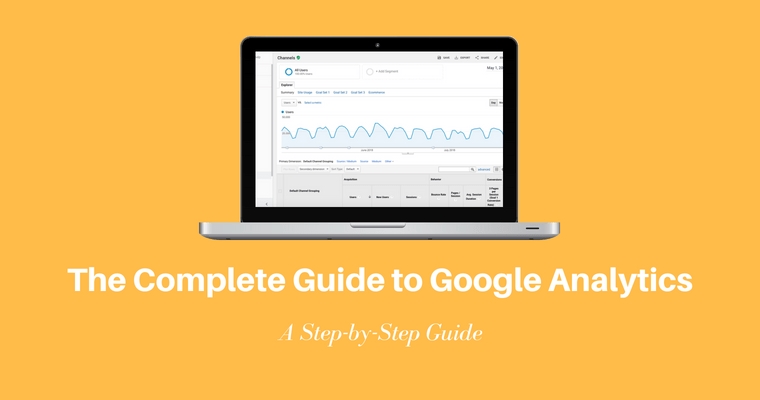If you have a long road of average height or running the campaign at the top end of the Digital Marketing Agencies in Newcastle (social media, display, PR) then you should look at the attribution closely and assess the impact it is having on your results and therefore your decision. In this post, I will breakdown attribution models are available in Analytics to try and help you better measure the results of campaigns.
Why Use Attribution Model?
Accurate measurement is key to running a successful marketing campaign. This allows marketers to make decisions about budgets and campaign adjustments without any guessing.
You might think that you’re ready on this front; campaign is set, and tracking purposes eCommerce interesting data through Google Analytics. What you may not have considered is how the resources associated with this conversion, this can make a significant and important impact on your results.
It should be of interest to you if a large number of conversions coming after the first visit. You can see this information is displayed clearly in the path length report in Google Analytics. Take the example below, in this report, you can see that 42.4% of all conversions came after the first visit:
With this data set, it is clear to see why there would be the problem of attribution. Standard attribution model for most of the tools Analytics is closely related to the last click conversion, this means that the last source that a user visits your website from before the conversion will be associated with the conversion. For the example above, which means that up to 42.4% of the conversion on the site have an interaction in it who have never received any credit for that conversion.

Click below to see information on each attribution model:
Last interaction
Last Non-Direct Click
Last AdWords Click
first interaction
linear
Decay time
Based position
1. Last interaction (last click) the attribution model
Apart from Google Analytics (which uses the latest Non-Direct Click on by default), the last interaction model serves as the default model in most analytics package.
In many ways, this is the simplest model to explain which is probably why it is the preferred default in most packages. Final interaction / source that led to the conversion is attributed to 100% of the value for that conversion.
Read Also:- Top 5 Web hosting services of 2020
Take the following conversion path that has 40 conversions where paid search, organic search and direct visits involved:
Last interaction model using direct traffic will accept all 40 of these conversions. Seeing examples like this is clear to see the model has a problem and often do not provide useful insight into conversion.
It is still useful, but when you run a campaign specifically designed to convert customers immediately. This can be a fast moving consumer goods (FMCG) sector, for example where the purchase will not usually require a period of time sufficient for the customer.
Click 2. Last Non-Direct
Models of non-direct click attribution last used by default in Google Analytics to assign conversion. This model attributes a full conversion to the last source of visitors who do not convert direct traffic.
Using the same example as the previous model we can see how this would be implemented
In this model than attribute conversions for direct traffic, they will be associated with the organic search as this is the end of the interaction point when directly overlooked.
You could say this model is more useful than the first when trying to measure the performance of the Digital Marketing Company in Newcastle it will skip the traffic directly to provide conversion to a visit by the last campaign. However, it will still ignore paid search in this instance and by ignoring direct traffic does not treat the source in the same way.



